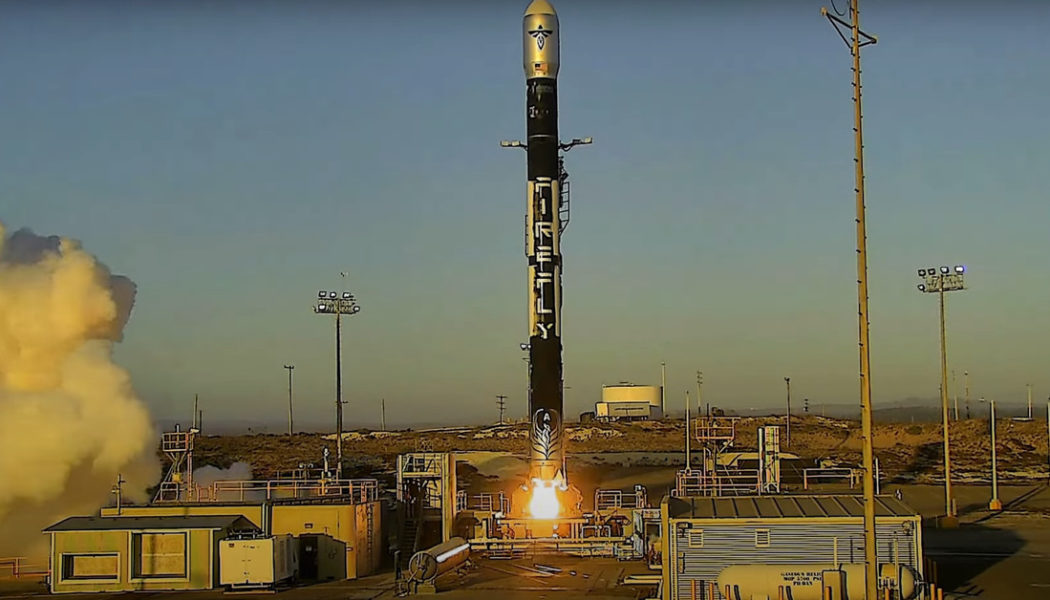
Firefly’s Alpha rocket exploded mid-flight on Thursday, but the company posted a new video on Sunday and provided more detail on what happened. “Although the vehicle didn’t make orbit, the day marked a major advancement for our team,” the company tweeted. “We demonstrated we ‘arrived’ as a company capable of building and launching rockets.”
Alpha, a two-stage rocket, lifted off from the Vandenberg Space Force base in California at 9:59PM ET on Thursday, carrying a payload of private satellites. It was the company’s first-ever mission, and two minutes after liftoff the rocket began tipping horizontally, falling short of reaching its maximum aerodynamic pressure.
According to Firefly, the rocket cleared the launch pad successfully, but about 15 seconds into flight, engine 2 shut down. The vehicle continued its climb and was able to maintain control for about 145 seconds, Firefly said, but the climb rate was slow because it was lacking the thrust of one of its four engines (the one that shut down).
[embedded content]
“The vehicle was challenged to maintain control without the thrust vectoring of engine 2. Alpha was able to compensate at subsonic speeds, but as it moved through transonic and into supersonic flight, where control is most challenging, the three engine thrust vector control was insufficient and the vehicle tumbled out of control,” according to Firefly. “The range terminated the flight using the explosive Flight Termination System (FTS). The rocket did not explode on its own.”
It’s investigating why engine 2 shut down early, and says it will report the root cause once it’s completed the investigation. “In collaboration with the FAA and our partners at Space Launch Delta 30, we’ll return to conduct Alpha Flight 2 as soon as possible,” the company tweeted.








